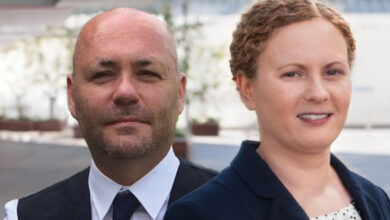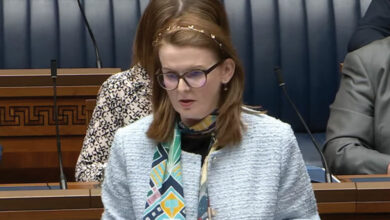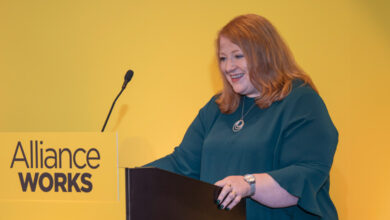The value of active travel
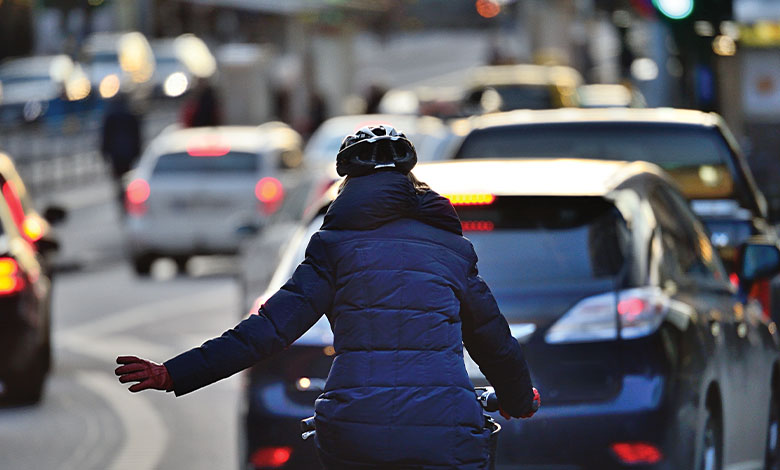
Of the many competing demands on the restored Northern Ireland Executive, transport might not be high on the political agenda. Yet, it cuts across significant policy commitments including climate change, health, economic productivity, and poverty, writes Brendan Murtagh, professor of urban planning, Queen’s University Belfast.
The previous Programme for Government set an outcome indicator to promote active travel by ‘increasing the percentage of all journeys made by walking, cycling, and public transport’.
However, the baseline of 25 per cent has barely moved since 2015. The latest travel survey for Northern Ireland showed that of all journeys, 24 per cent were by walking, 1 per cent by bicycle and just 2 per cent by public transport.
We are still a society highly reliant on the car, despite the policy rhetoric. In one sense this is hardly surprising. Outcome indicators are, by definition, linked to inputs and there is no getting away from the lack of capital balance in our modal spending; the fiscal weakness of public transport; the dominance of pro-roads cultures in planning; the lack of a clear investment-led spatial transport plan; and an over-reliance on short-term, small-scale initiatives when surgical change is needed.
Policy in planning, transport, urban regeneration, and housing need to more clearly articulate how a modal shift would be achieved, not least by connecting these elements within a proper spatial framework.
This has happened in the past. The Regional Development Strategy for Northern Ireland in 2001 was closely aligned with the then Regional Transport Strategy (RTS, 2002). This enabled us to take a wider strategic perspective on how the region and the Belfast Metropolitan Area in particular, would be planned in a more compact and sustainable way. It aimed to make better use of brownfield rather than greenfield sites; reduce car-based commuting; strengthen connectivity between housing and labour markets; and invest in high-frequency and affordable public transport.
A benefit of this strategic approach was that it set out ambitious plans for transport investment in order to affect a modal shift from the car to active travel. The RTS aimed to spend £3.5 billion on transport over 10 years, of which £2.2 billion (63 per cent) was on roads and £1.2 billion (35 per cent) on public transport (with a smaller element on walking and cycling).
The actual road-public modal split over 10 years was, however, 70 per cent to 28 per cent. Part of the problem is lock-in to high-cost, high-maintenance road infrastructure. The Queen’s University Reducing Car Dependency1 paper quoted Northern Ireland Audit Office data that showed that by 2018, £143 million was required to maintain the road network in a steady and sustainable state, but the average spend on maintenance was just £92 million.
The York Street M2-M3 interchange is currently estimated to cost between £120 million to £165 million, which is significantly more than the £100 million investment needed to build 193km of high-grade walking and cycling infrastructure under the Belfast Cycling Network Delivery Plan.
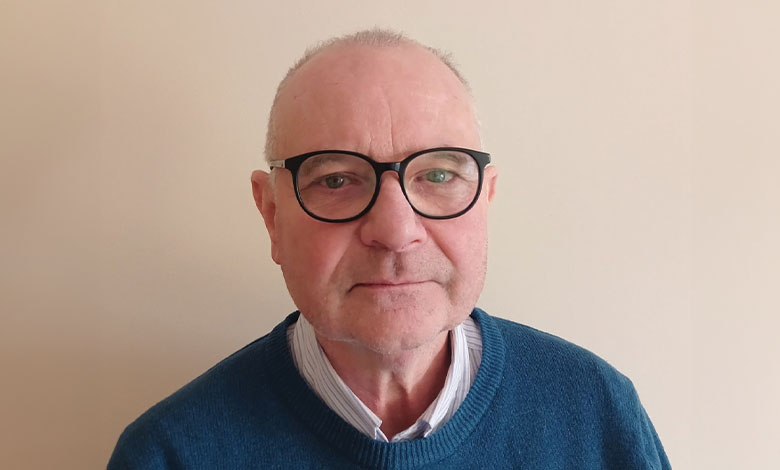
This is about choices in what to invest in and what return we get from each option. The last decade did see an investment in rail rolling stock, bus fleets, and new infrastructure including bus and cycle lanes. And it worked. Between 2016 and 2019 passenger numbers on Translink services increased by 5.8 million to 84.5 million per annum; 4.8 million car journeys have been removed since 2016; there are now 30 million bus trips per annum in Belfast alone; and the Glider has been a remarkable success, generating an additional 45,000 passenger journeys every week.
Translink commissioned a review of the economic impact of public transport that showed it created a gross value added of £198 million by leveraging retail spend, accessing education and labour markets, and reducing congestion. The Groundswell project2 at Queen’s University Belfast also evaluated the environmental, health, and economic benefits of walking infrastructure including the 16km Connswater Greenway completed in 2017 in east Belfast.
The cost-benefit analysis showed that every £1.00 invested in the Greenway created a net benefit of between £1.34 and £1.59, including significant impacts on biodiversity, climate change and both mental and physical health.
Other cities and countries have recognised transport as a public rather than a private good. Smaller states including Malta and Luxembourg have made public transport free; Estonia and the Czech Republic are getting there; and cities across Belgium, Germany, and France have had free transport at the point of use for decades.
Environmental benefit is the rationale for such approaches, but so too are economic and equity outcomes. The most socially deprived areas have the lowest car ownership levels but are often the places most likely to be impacted by car-based pollution.
If we want a modern economy, well-integrated labour markets, improved productivity, reducing inactivity and addressing poverty then connectivity needs to be a more central and meaningful policy objective, especially in active travel.
Brendan Murtagh is professor of urban planning at Queen’s University Belfast. He has researched and written widely on urban regeneration, conflict, and community participation.
1.Developing system-oriented interventions to reduce car dependency for improved population health in Belfast: policy mapping and socio-technical transitions. Authors Brendan Murtagh, Leandro Garcia, Ruth F Hunter. 2. https://www.qub.ac.uk/sites/groundswell/

